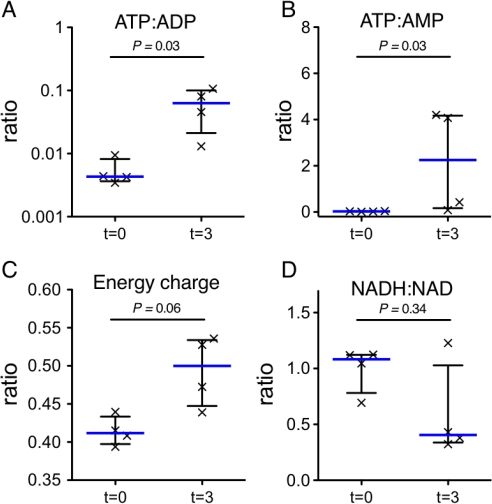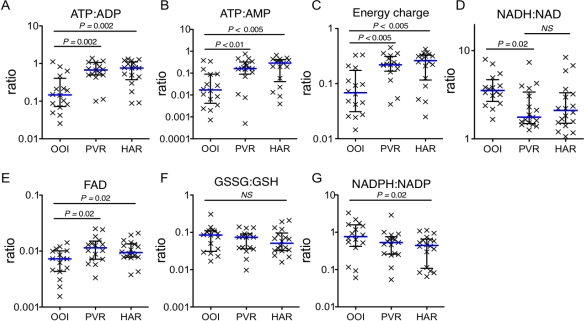Metabolic Recovery and Ex Vivo Simulation of Early Liver Reperfusion.
B. Bruinsma,1 J. Avruch,2 G. Sridharan,1 P. Weeder,1 N. Karimian,1 J. Markmann,2 K. Uygun,1 H. Yeh.2
1Center for Engineering in Medicine, Massachusetts General Hospital, Boston, MA
2Transplant Center, Massachusetts General Hospital, Boston, MA.
Meeting: 2016 American Transplant Congress
Abstract number: D120
Keywords: Donors, Liver metabolism, Liver preservation, Machine preservation, non-heart-beating
Session Information
Session Name: Poster Session D: Ischemia Reperfusion Injury: Clinical Update
Session Type: Poster Session
Date: Tuesday, June 14, 2016
Session Time: 6:00pm-7:00pm
 Presentation Time: 6:00pm-7:00pm
Presentation Time: 6:00pm-7:00pm
Location: Halls C&D
Purpose. An urgent need for more liver grafts for transplantation has prompted the use of more suboptimal organs. Particularly in these more marginal livers adequate assessment of function is required.We present a novel model of ex vivo human liver reperfusion, which allows for accurate simulation of clinical reperfusion and offers a valuable tool for assessing function during ex vivo reperfusion.
Methods. Four human DCD livers, declined for transplantation were cold-stored for 7 h and then reperfused ex vivo with diluted whole blood at 37[deg]C for 3 hours using a commercial perfusion device. Throughout, perfusion parameters were recorded and tissue was sampled and analyzed by LC/MS for energy-related metabolites. In parallel, sequential tissue biopsies were collected during clinical liver transplantations (n=19) and similar analysis was performed during reperfusion.
Results. All ex vivo reperfused livers demonstrated clear metabolic function, including the sustained production of bile, uptake of oxygen and reconstitution of energy charge ((ATP+1/2ADP)/(ATP+ADP+AMP))(Fig. 1). Representative injury was sustained, evidenced by release of ALT, CRP and inflammatory cytokines. Similarly, in clinical liver transplantation, energy charge was reconstituted in varying degrees between livers (Fig. 2). Energy charge after reperfusion was found to significantly correlate to early allograft dysfunction in this group (P<0.05).
Conclusion. This novel simulation of ex vivo liver reperfusion is representative of energy recovery in clinical liver transplantation and offers a valuable tool for assessing ex vivo preservation. Moreover, energy status was identified as a potential predictor of transplant outcome clinically.


CITATION INFORMATION: Bruinsma B, Avruch J, Sridharan G, Weeder P, Karimian N, Markmann J, Uygun K, Yeh H. Metabolic Recovery and Ex Vivo Simulation of Early Liver Reperfusion. Am J Transplant. 2016;16 (suppl 3).
To cite this abstract in AMA style:
Bruinsma B, Avruch J, Sridharan G, Weeder P, Karimian N, Markmann J, Uygun K, Yeh H. Metabolic Recovery and Ex Vivo Simulation of Early Liver Reperfusion. [abstract]. Am J Transplant. 2016; 16 (suppl 3). https://atcmeetingabstracts.com/abstract/metabolic-recovery-and-ex-vivo-simulation-of-early-liver-reperfusion/. Accessed December 13, 2025.« Back to 2016 American Transplant Congress
